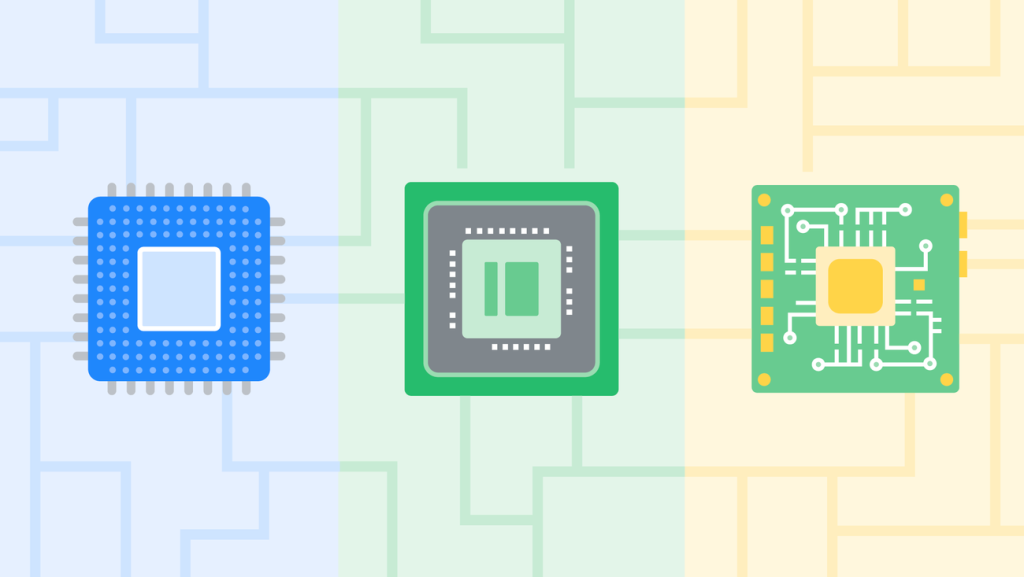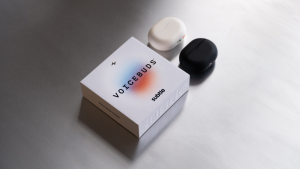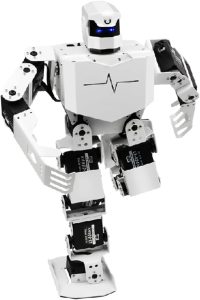Demystifying CPUs, GPUs, and TPUs Unraveling the Processors Behind the Tech

processors are everywhere, but not all are created equal. What’s the secret sauce behind devices running smoothly? It boils down to CPUs, GPUs, and TPUs. Uncover what each brings to the table.
From everyday gadgets to sophisticated AI systems, processors play the leading role. But do we know what makes CPUs, GPUs, or TPUs unique? Get ready for a crash course on these marvels of modern tech.
Understanding the Basics of Processors
Processors, essentially the brains of devices, perform compute tasks that make digital worlds come alive. CPUs, GPUs, and TPUs lead this realm. Imagine CPUs as the all-rounders, handling various tasks while juggling multiple apps or processes.
GPUs, on the other hand, focus on specialized tasks like graphic rendering or high-performance AI workloads. These dedicated chips have earned their keep in gaming and beyond, optimizing tasks requiring intense computation.
CPU: The Central Processing Unit
Central Processing Units, or CPUs, are found in most gadgets, from laptops to smartphones. They’re the go-to choice for general-purpose processing.
CPUs handle a variety of tasks, perfect for everyday computing needs. While not always the fastest, they’re reliable for executing multiple operations efficiently.
GPU: The Graphics Processing Unit
GPUs are engineered for graphic-centric tasks, excelling in rendering and visual computation. They’re the heart of high-end gaming setups.
These chips aren’t just for gaming. They power AI workloads, offering accelerated processing for machine learning algorithms, making them vital in today’s tech landscape.
GPUs, with their parallel processing abilities, optimize AI applications, handling numerous calculations at once, proving indispensable in tech development.
TPU: The Tensor Processing Unit
Google’s TPUs are at the forefront of AI-focused processing. Designed to optimize AI tasks, they’re more specialized than their CPU and GPU counterparts.
These chips aren’t sitting in your home devices. Instead, they’re in Google’s data centers, powering services like Search, YouTube, and even DeepMind’s models.
TPUs have transformed Google’s AI operations, providing efficiency and speed, and are key in sustaining cutting-edge AI developments.
The Evolution of TPUs
The journey of TPUs began about a decade ago. With AI demands increasing, Google needed a robust system. Existing CPUs and GPUs couldn’t keep up.
So, TPUs were born out of necessity. They introduced a new class of processing power, tailored to handle data-intensive AI tasks seamlessly.
Why Google Chose to Innovate with TPUs
With growing needs in AI speech recognition, existing processors fell short. Google faced a challenge: either double physical hardware or innovate.
Thus, TPUs emerged as a groundbreaking solution, cutting power usage significantly while boosting processing capacity, marking a new era in AI advancement.
Trillium: Advanced Processing for the Future
Google’s latest TPU, Trillium, leads the charge with significant advancements. It offers 4.7 times more compute performance than its predecessor.
Trillium isn’t just about faster speeds. It’s engineered for bigger, complex tasks, while reducing energy consumption, making it the most sustainable TPU.
This leap in processing power aids in diverse fields, from rapid RNA analysis to dynamic video rendering, showcasing Trillium’s versatile capabilities.
Impacting Industries with Trillium
Trillium has opened new doors in technology, enabling faster AI-based analysis in medicine and creative industries alike.
This TPU’s energy-efficient model reduces costs for companies while pushing technological boundaries. Trillium is not just an upgrade; it’s a revolution in AI processing.
The Future of Processing: CPUs, GPUs, and TPUs
As the tech landscape evolves, these processors will continue to adapt. While CPUs remain versatile, GPUs and TPUs set new records in specialized tasks.
Trillium’s capabilities hint at a future brimming with potential, as efficiency and performance will dictate the next steps in processor technology.
In the bustling world of tech, understanding these processors is crucial as they shape our digital experiences and possibilities.
Understanding CPUs, GPUs, and TPUs helps us appreciate the power behind our tech-driven lives. Each plays a unique role in shaping today’s digital landscape.





